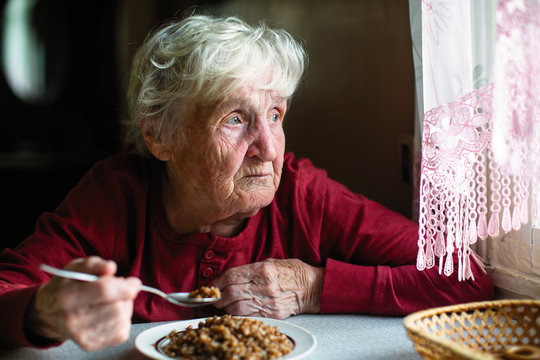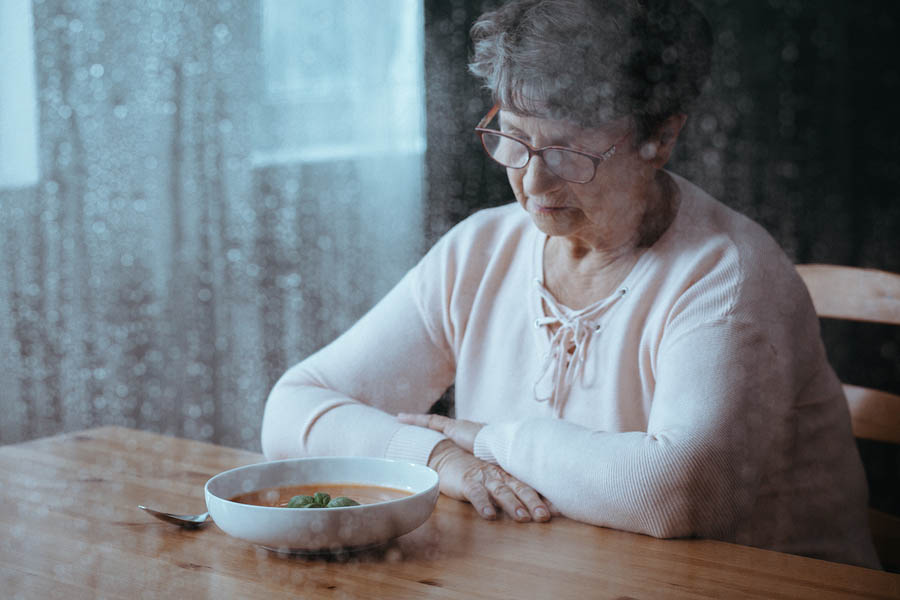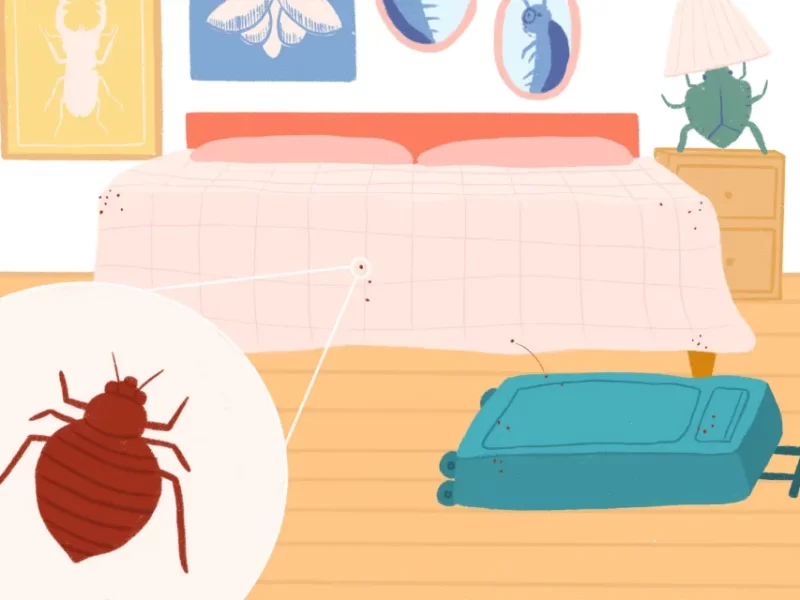Few things are more difficult than witnessing a loved one die from a terminal illness. When loved ones and caregivers notice that their hospice patient stops eating and drinking near the end of their lives, the experience is made even more difficult.
When a decision is made to discontinue life-sustaining treatments such as artificial feeding or intravenous fluids, then a patient’s remaining time depends on how sick he or she is at that point, and whether there are complications such as pneumonia. The amount of time that each person can tolerate being dehydrated varies. For more information on dehydration and lifespan, read this article.
Why Does Hospice Stop Providing Food And Water To Patients Who Are Dying?
Continued provision of food and water or the use of artificial nutrition or hydration (ANH)—such as NG or PEG feeding tubes or IV fluids for hydration—can actually hasten the process of death and result in other health issues.
End-of-life patients who receive artificial nutrition may experience gagging, tube issues (such as blockages or infections), discomfort, aspiration pneumonia, pressure sores, bloating, and a sense of “drowning” or feeling “trapped.”
Aside from that, research has revealed that hospice patients’ chances of survival are hardly affected by artificial nutrition. For instance, research indicates that patients with dementia who are tube-fed have the same life expectancy as patients who are slowly hand-fed.
The Challenge Of Feeding Tubes
If a patient already has a feeding tube in place, hospice care will still be provided for them. To decide whether to keep using the tube, the hospice team will consult closely with the patient, family, and caregiver. Although a feeding tube can technically be removed, most frequently the choice is made to simply stop using it.
Usually, terminally ill patients do not receive feeding tubes. However, as death draws near, every effort is made to provide comfort and pain relief. However, feeding and drinking will primarily be done by mouth. In rare instances, the VITA’s team may temporarily administer IV fluids to prevent dehydration or to provide comfort.
Side Effects And Risks Of Restricted Eating
Depending on the specifics, reports suggest that some people can survive starvation for days or weeks. However, as you starve, your body’s numerous systems will start to deteriorate.
The effects of starvation may include:

- faintness
- dizziness
- cognitive changes
- low blood pressure
- slow heartbeat
- weakness
- dehydration
- changes in thyroid function
- abdominal pain
- electrolyte imbalances
- heart attack
- organ failure
People who have experienced starvation or very restricted food intake may have long-term effects including:
- stunted growth
- poor bone health or osteoporosis
- post-traumatic stress or depression
Those who have been starved for an extended period of time cannot immediately start eating normally. Refeeding syndrome, a set of negative reactions, must be avoided by easing the body back into eating again very gradually. The effects of the refeeding syndrome may include:
- heart conditions
- neurological conditions
- swelling
People who have experienced starvation or malnourishment must be treated in a hospital or specialized medical facility in order to reintroduce food safely.
The Appropriate Moment To Stop Feeding A Hospice Patient
Food and water requirements for a dying patient are very dissimilar from those of a healthy, active person. The body gradually loses its capacity to digest and process food and liquids as death draws closer.
Very little, if any, nutrition or hydration/liquids may be required as organs and bodily functions shut down. When deciding when to stop providing food and water to hospice patients, we advise using the body’s deteriorating condition as a guide.
VITAS Healthcare always collaborates with patients and families to create individualized care plans that uphold the patient’s preferences and values; these plans also cover a discussion of the function of artificial nutrition and hydration.
How Long Can An Elderly Person Live Without Eating Food?
People may be curious about how long someone can go without food in a hospice setting given the many factors. Patients who stop eating may pass away in as little as a few days. This time without food typically lasts about 10 days for most people, though it occasionally can go on for several weeks.
How Long Do Patients In Hospice Stay?
- Near death, hospice care is typically sought after. Half of the hospice patients passed away within three weeks, and 35.7% did so within one week, according to the Journal of Palliative Medicine.
- 12-15% of trial patients survive six months or longer. Patients under 65 had a lower mortality rate within six months of registration. Each situation is unique, though.
- Men have a six-month mortality rate of 85.1%, which is 88.4% higher than that women. Hospice admission is crucial because patients with dementia and stroke have lower overall mortality rates than other patients.
- The typical hospice patient stayed 77.9 days on average in 2018, up from 74.5 days in 2017. Since many patients don’t receive enough hospice care, this is good news for them. According to a survey by the Centers for Medicare and Medicaid Services, many families regret delaying their hospice admission.
- 6-month hospice eligibility. Within six months of their hospitalization, patients will pass away. After this point, patients who are still alive might qualify for another hospice or release.
When Do Patients In Hospice Leave?
Ineligibility for hospice care is revoked when a patient’s condition gets better or when their expected lifespan exceeds six months.
- If a patient’s condition no longer meets the criteria for terminality, hospice may discharge them. Hospice care can be discontinued at any time by the patient. Patients who reject the hospice benefits offered by Medicare forgo home medical supplies, house calls, and therapeutic or alternative therapies.
- Patients might leave the hospice’s service area or require a transfer. It is uncommon for patients to be released from hospice care due to disruptive, uncooperative, abusive, or careless behavior. Those in hospice may contest their release. A hospice patient might need to be readmitted if their condition gets worse.



